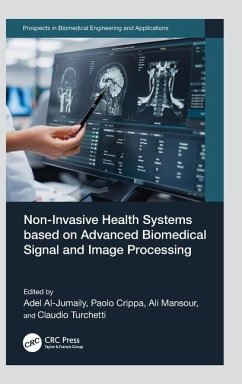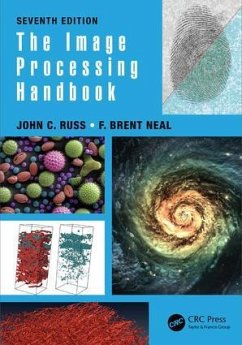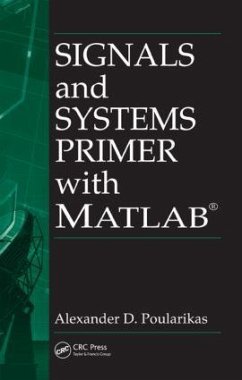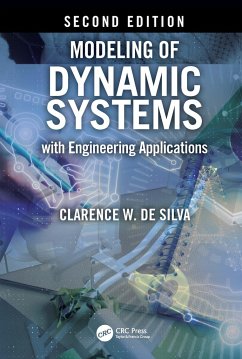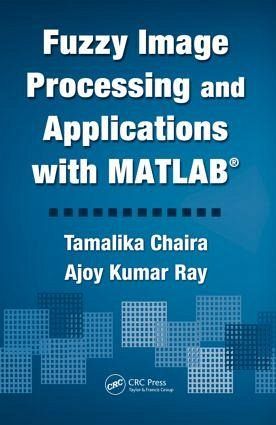
Fuzzy Image Processing and Applications with MATLAB
Versandkostenfrei!
Versandfertig in 1-2 Wochen
149,99 €
inkl. MwSt.
Weitere Ausgaben:

PAYBACK Punkte
75 °P sammeln!
This book provides a detailed analysis of fuzzy set images in image processing. It examines the fundamentals of the fuzzy set theory for carrying out calculations in image processing. Describing all components of fuzzy image processing, the book details preprocessing, threshold detection, and fuzzy match-based segmentation-all of which include new fuzzy approaches proposed by the distinguished authors. The text thoroughly explains fuzzy edge detection, fuzzy color-based image retrieval, and fuzzy clustering in pattern recognition. It concludes with a thorough description of MATLAB(R) and the i...
This book provides a detailed analysis of fuzzy set images in image processing. It examines the fundamentals of the fuzzy set theory for carrying out calculations in image processing. Describing all components of fuzzy image processing, the book details preprocessing, threshold detection, and fuzzy match-based segmentation-all of which include new fuzzy approaches proposed by the distinguished authors. The text thoroughly explains fuzzy edge detection, fuzzy color-based image retrieval, and fuzzy clustering in pattern recognition. It concludes with a thorough description of MATLAB(R) and the implementation of fuzzy image processing methods in MATLAB.





